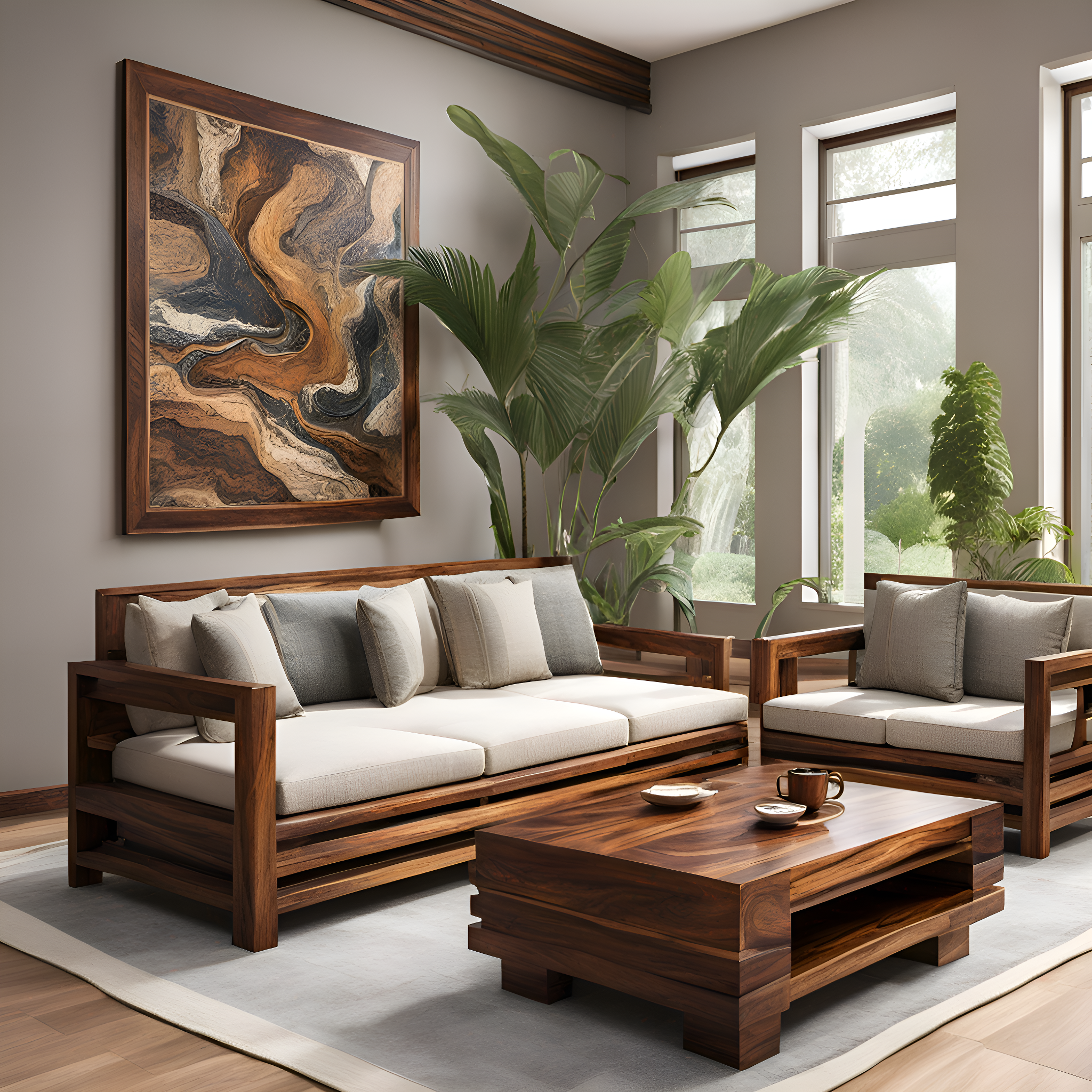The Latest Trends in Sustainable Furniture Design for Eco-Conscious Buyers
The Latest Trends in Sustainable Furniture Design for Eco-Conscious Buyers
Blog Article
Resilient and Trendy: The Best Products for Long-Lasting Furniture
The selection of materials for furniture design is a crucial variable in achieving both longevity and design. Hardwoods like oak and maple not just offer aesthetic heat however likewise provide phenomenal stamina, while engineered wood presents an eye-catching option for budget-conscious consumers - Furniture.
Solid Timber Options

Softwoods like want and cedar likewise present feasible options, albeit with various qualities. Pine is light-weight and simple to collaborate with, making it an outstanding selection for rustic furniture, while cedar is normally resistant to decay, perfect for exterior applications.
When choosing a wood type,It is crucial to consider the desired use of the furniture. Items that endure heavy wear ought to prioritize harder timbers, while decorative products may benefit from softer, extra visually appealing varieties. Eventually, the ideal choice of solid timber not just enhances the longevity of the furniture but likewise raises the total aesthetic of the space.
Engineered Wood Benefits
Engineered timber, typically referred to as composite wood, offers many advantages that make it a compelling choice for durable furniture. One of the main benefits of engineered wood is its enhanced security contrasted to strong wood. Constructed from layers of wood fibers or veneers, it reduces the threat of bending and breaking, which prevail problems with natural wood due to changes in moisture and temperature.

In addition, crafted timber is an eco-friendly choice, as it utilizes smaller sized trees and timber by-products, promoting sustainable forestry methods. The production process additionally leads to less waste, making it a responsible choice for eco-conscious customers.
Metal Sturdiness
Supplying impressive stamina and strength, steel is a prime product option for long lasting furniture. Understood for its long life, steel can withstand significant damage, making it a perfect option for both household and industrial environments. Whether it is steel, aluminum, or wrought iron, each sort of steel offers unique properties that add to the overall toughness of the furniture.
Steel, for instance, is commemorated for its high tensile strength and resistance to flexing, guaranteeing that items continue to be structurally sound over time. Aluminum, on the various other hand, is immune and lightweight to corrosion and deterioration, making it particularly suitable for outside furniture. Wrought iron, with its standard charm, boasts check out this site outstanding sturdiness and can endure severe weather conditions without endangering its honesty.
Along with its physical residential or commercial properties, steel furniture commonly goes through safety treatments, such as powder coating or galvanization, which additionally enhance its resistance to scrapes and ecological variables. This degree of sturdiness makes steel furnishings a worthwhile investment, as it not just keeps its aesthetic allure but also stands the test of time, making sure performance for several years to find.
Upholstery Selections
Selecting the appropriate upholstery is critical for improving both the longevity and visual appeal of furniture. Furniture products can dramatically influence the longevity of an item, with alternatives ranging from natural fibers to synthetic textiles.
Natural fibers, such as cotton and bed linen, offer breathability and comfort but might require even more upkeep to hold up against fading and use gradually. Alternatively, wool is a robust option recognized for its durability and resistance to staining, making it suitable for high-traffic locations.
For those looking for durability with blog less maintenance, artificial materials like polyester and nylon offer superb options. These materials are typically crafted to be stain-resistant and fade-proof, making them perfect for families with kids or pets. Microfiber, a subtype of polyester, is particularly preferred for its soft appearance and easy cleansing properties.
Leather, while usually much more costly, adds a timeless sophistication to furnishings. Its natural sturdiness permits it to age perfectly, establishing an unique aging in time. However, it needs particular maintenance to protect its radiance.
Inevitably, selecting furniture involves stabilizing aesthetic choices with functional factors to consider, ensuring that the furnishings not only important link looks good but also stands the examination of time. Furniture.
Lasting Materials
Emphasizing environmental obligation, lasting materials have acquired importance in furniture design, mirroring a growing awareness of eco-friendly effect. These materials not just reduce the carbon footprint but also make certain the long life of furniture, adding to a round economic climate.
Typical sustainable materials include reclaimed wood, which repurposes existing lumber, lowering the need for deforestation. Bamboo is one more superb choice; it is fast-growing and needs marginal resources, making it an environment-friendly option to typical hardwoods. In addition, recycled metals and plastics are progressively used in furnishings production, advertising waste reduction and source conservation.
Natural fibers such as organic cotton, hemp, and bed linen are favored for furniture, as they are eco-friendly and free from harmful chemicals. Making use of low-VOC (unpredictable organic compounds) surfaces and adhesives better boosts the sustainability of furnishings, making certain much better interior air quality.
Conclusion
Strong timbers like oak and maple offer stamina and one-of-a-kind personality, while crafted timber offers security and cost-effectiveness. Lasting materials such as recovered wood and bamboo contribute to ecological obligation, making them optimal for modern furniture remedies that prioritize both design and sturdiness.
Engineered timber, frequently referred to as composite wood, supplies countless advantages that make it an engaging option for resilient furnishings. One of the primary benefits of crafted wood is its enhanced security contrasted to strong wood. Created from layers of wood fibers or veneers, it decreases the danger of warping and fracturing, which are usual concerns with all-natural wood due to adjustments in moisture and temperature.
Solid timbers like oak and maple offer toughness and special personality, while crafted wood supplies security and cost-effectiveness. Lasting products such as recovered wood and bamboo contribute to environmental duty, making them optimal for modern furnishings options that prioritize both design and toughness.
Report this page